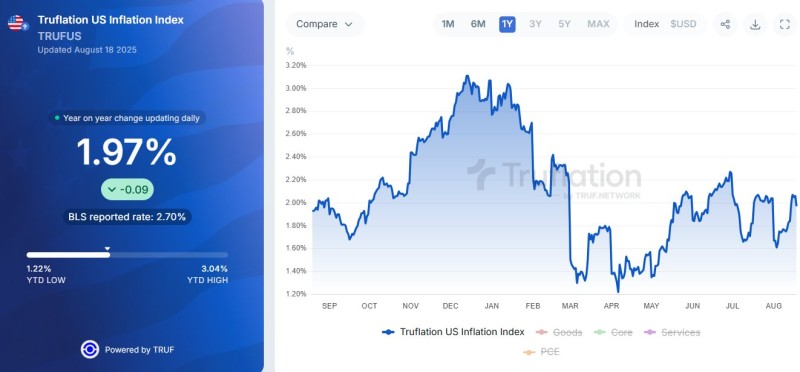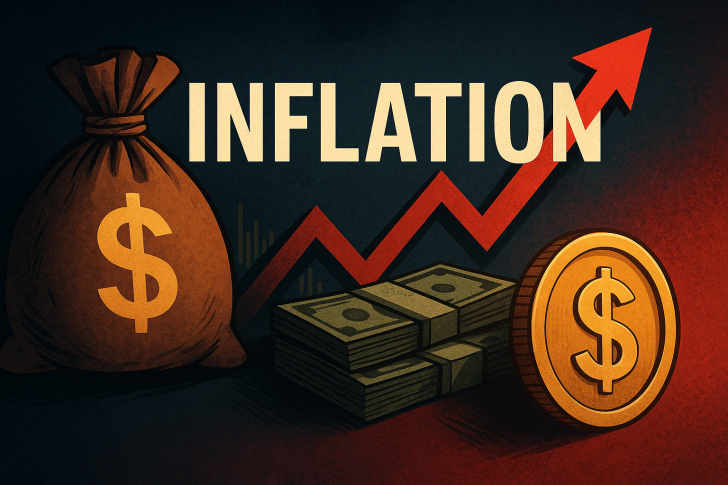The Federal Reserve finds itself caught between a rock and a hard place. While some inflation indicators show encouraging signs of cooling, others suggest stubborn price pressures that could complicate the central bank's next moves.
Recent data reveals a tale of two inflation stories. The Consumer Price Index (CPI) summary reported inflation at 2.7% over the past 12 months, still above the Fed's 2% target but showing some moderation from earlier levels. However, core inflation edged up to 3.1%, keeping it above the Fed's 2% target, highlighting the persistent nature of underlying price pressures.
The mixed signals have created what economists are calling a "dilemma" for Fed Chair Jerome Powell and his colleagues. "The Fed is worried about both its price stability goal of 2% annual inflation as well as its goal to have maximum employment," according to Bob Triest, an economics professor at Northeastern University.
Market Expectations vs. Fed Caution
Despite calls for rate cuts from both markets and the White House, the Fed has maintained its cautious stance. Futures markets are expecting a quarter-point interest rate cut, with investors pegging the chances at nearly 96% for the next meeting. However, economists estimate the chances of a rate cut at just 4% for the current meeting cycle.

The central bank's hesitation stems largely from uncertainty about how recent tariff policies might affect future inflation. Analysts warned that sticky service costs and potential tariff impacts could limit further easing in 2025.
President Trump has been vocal about his desire for lower rates, recently posting on social media: "Jerome 'Too Late' Powell must NOW lower the rate." The political pressure adds another layer of complexity to the Fed's decision-making process.
Labor Market Concerns Add to the Mix
Complicating matters further, a weak jobs report earlier this month revealed a sharp slowdown of the labor market, which could prompt the Fed to reduce borrowing costs as a means of warding off an economic slowdown. The unemployment rate has ticked up to 4.2%, while hiring has slowed across various sectors.
This creates the classic Fed dilemma: cut rates to support employment and risk rekindling inflation, or hold steady to maintain price stability while potentially allowing unemployment to rise.
What's Next?
Looking ahead, the Federal Reserve signaled it will cut rates two more times this year, though the timing remains uncertain. The Fed is likely to cut rates when central bankers meet next month, with economists predicting a quarter-point interest rate cut.
The path forward will largely depend on incoming data, particularly employment figures and inflation readings that could tip the balance in either direction. As one economist noted, the Fed must carefully weigh "an expectation of slower job growth against an expectation of inflation" in making its next move.
For now, the central bank appears committed to its data-dependent approach, leaving markets to parse every economic indicator for clues about the timing and magnitude of potential rate cuts.
 Peter Smith
Peter Smith

 Peter Smith
Peter Smith


